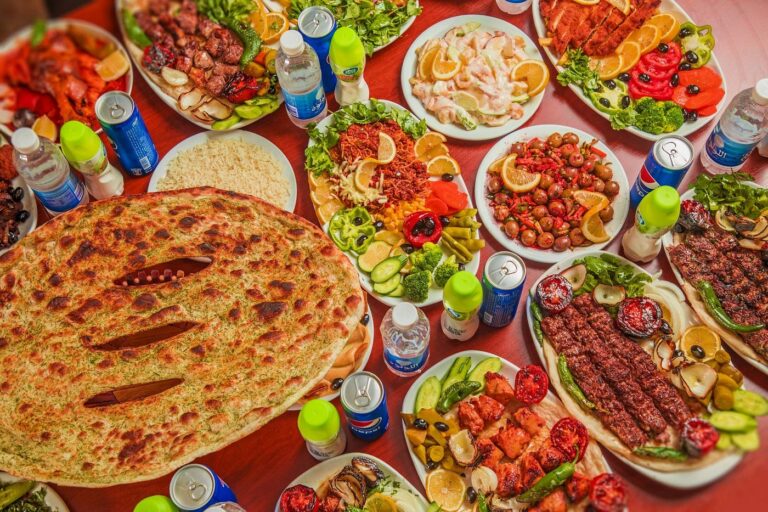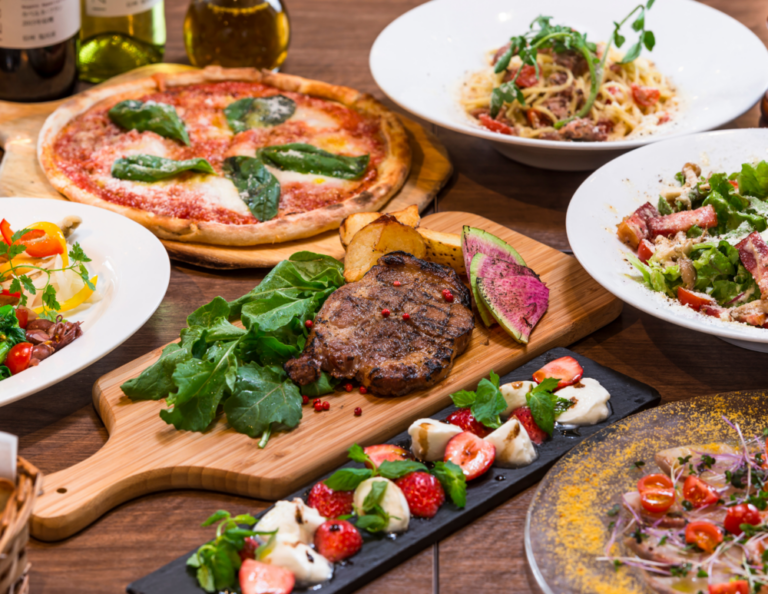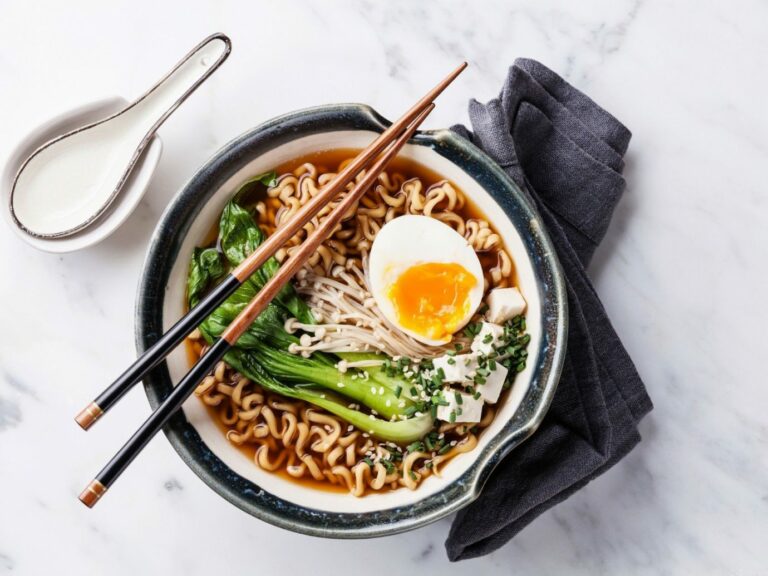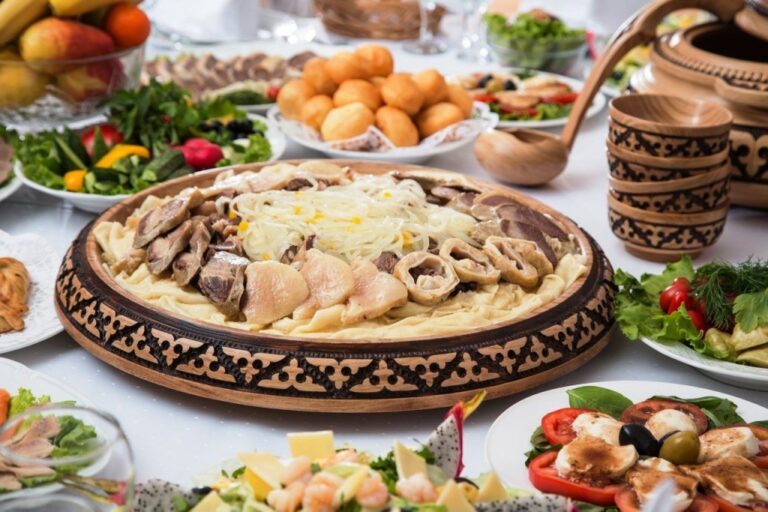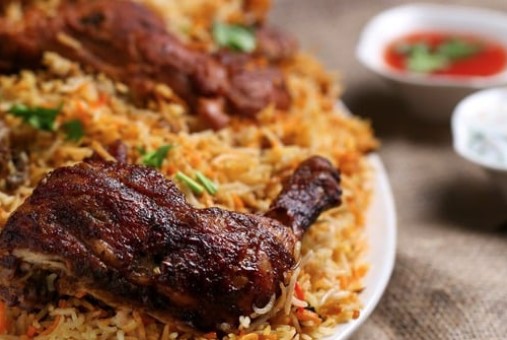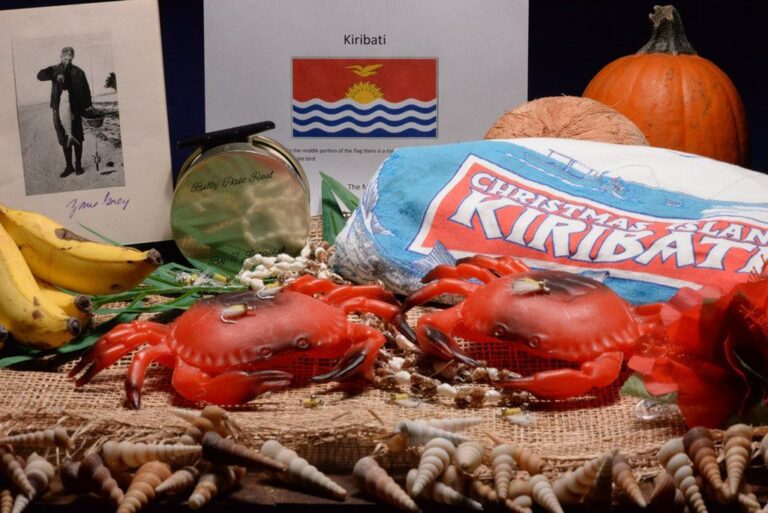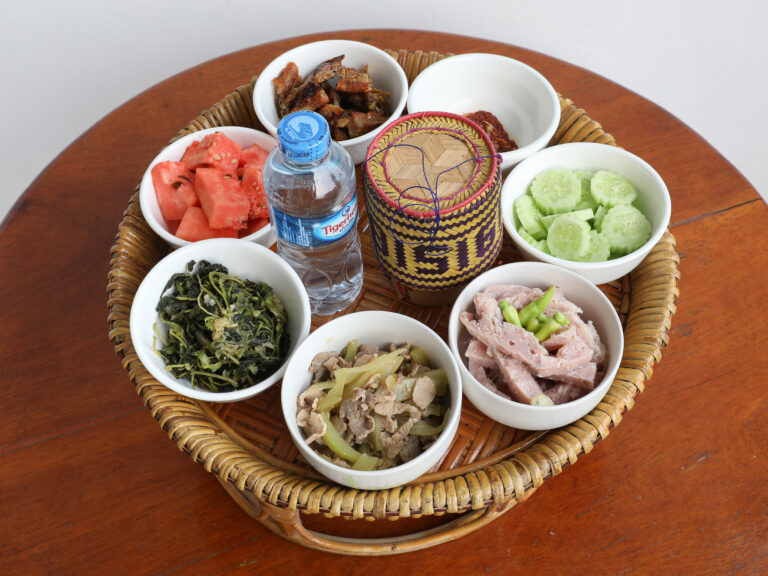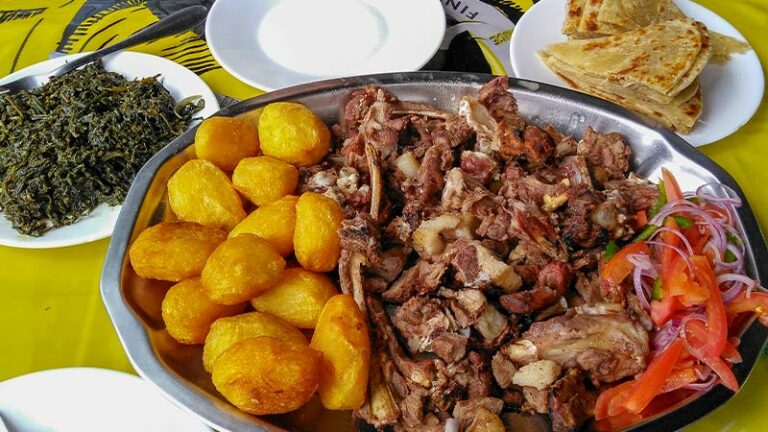Introduction: Iraqi Cuisine Overview
Iraqi cuisine is a rich and diverse cuisine, shaped by its geography, history, and cultural influences. It is known for its heavy use of spices and herbs, as well as its bold flavors. Iraqi cuisine features a wide variety of dishes, ranging from grilled meats and seafood to stews and soups. It also includes a variety of vegetarian and vegan dishes, including falafel and hummus.
Traditional Iraqi Dishes
Some of the most traditional and iconic dishes in Iraqi cuisine include biryani, a spiced rice dish layered with meat, vegetables, and nuts; dolma, stuffed vegetables such as grape leaves or zucchini filled with rice and ground meat; and masgouf, a grilled fish dish that is often served with tamarind sauce and flatbread. Other classic dishes include kubba, a meat-filled dumpling, and qeema, a spiced ground meat dish often served with bread.
Iraqi Spices and Herbs
Iraqi cuisine makes use of a variety of herbs and spices, including cumin, coriander, turmeric, sumac, and saffron. These spices give Iraqi dishes their distinct and bold flavor profiles. Other commonly used herbs include mint, parsley, and cilantro. Spices are used in both sweet and savory dishes, such as in the traditional Iraqi dessert, kleicha, which is a spiced date pastry.
Popular Iraqi Street Food
Iraqi street food is a popular and beloved aspect of Iraqi cuisine. Some of the most popular street foods include falafel, a fried chickpea patty served in pita bread with salad and sauce; shawarma, thinly sliced meat wrapped in bread with vegetables and sauce; and samosas, crispy pastry filled with spiced meat or vegetables. These dishes are often sold from food carts or street vendors and enjoyed as a quick and satisfying snack on the go.
Iraqi Desserts and Beverages
In addition to savory dishes, Iraqi cuisine is known for its sweet desserts and refreshing beverages. Some of the most popular desserts include baklava, a sweet pastry made with layers of phyllo dough, honey, and nuts; halva, a dense and sweet confection made from sesame seeds and sugar; and muhallabia, a creamy pudding flavored with rose water and topped with pistachios. Popular drinks include chai, a spiced tea, and sharbat, a sweet and fruity syrup mixed with water or soda.
Regional Variations in Iraqi Cuisine
Iraqi cuisine varies significantly by region, with distinct culinary traditions and dishes in each area. For example, the cuisine of Baghdad is known for its use of tamarind and lemon, while the cuisine of Basra features more seafood dishes. The Kurdish region in the north of Iraq has its own unique cuisine, with dishes like dolma and kebabs made with lamb. These regional variations in Iraqi cuisine highlight the diverse and multicultural nature of Iraqi cuisine, which has been shaped by centuries of history and cultural exchange.

